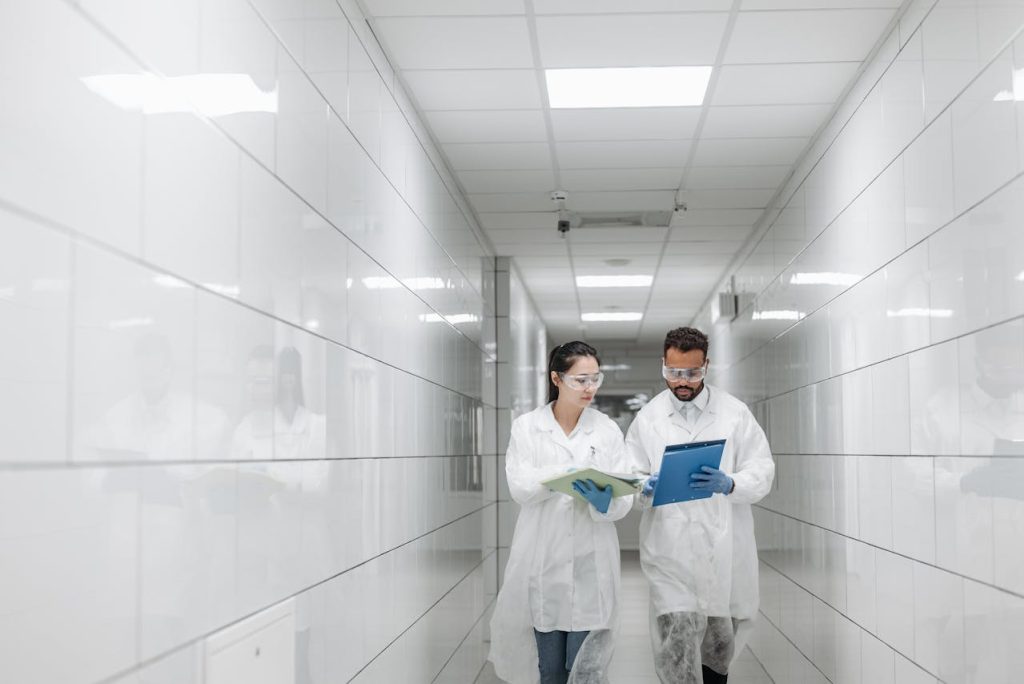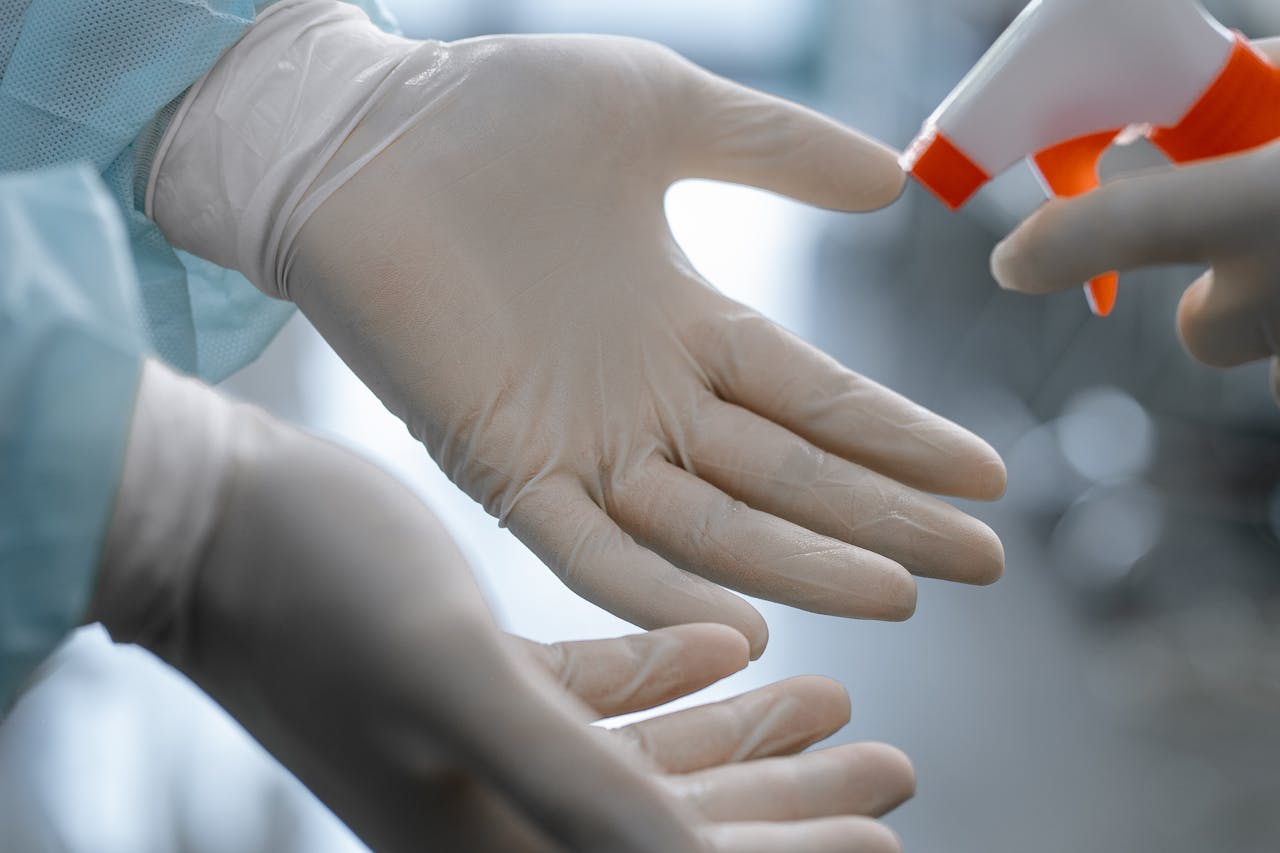Because of the characteristics of the bioreactors that are in contact with delicate biological systems, any slight contamination may compromise an entire batch, which is time, resource, and money consuming. The sterilization and cleanliness of bioreactors are thus the main focus of operation and quality assurance of the bioreactors. The processes will avert cross-contamination, guarantee adherence to regulations, and increase equipment longevity when undertaken appropriately.
This article examines bioreactor cleaning best practices, including the prevalent contaminants, the cleaning process, the sterilization process, validation, monitoring, and some advice on how to get the most out of the equipment.
Common Contaminants and Cleaning Challenges
Before committing to a bioreactor manufacturer, you should understand that, in its essence, a bioreactor is vulnerable to contamination, as such systems work with nutrient-rich media that can promote microbial growth. The most usual contaminants are:
- Bacterial spores
- Fungi and moulds
- Protein residues
- Lipids and oils
- Scale deposits
The difficulties are that the contaminants may stick to the inside surfaces, valves, sensors, or places that are difficult to reach. An effective cleaning plan should address these issues in the total structure and include sterilizing bioreactors.
Cleaning Protocols: Manual vs. CIP (Clean-in-Place)
There are two significant methods of cleaning bioreactors, namely, manual cleaning and clean-in-place (CIP). Taking into account that 85 percent of laboratory professionals have experienced burnout during the past years, effective and regular bioreactor cleaning practices should be developed.
Manual Cleaning
- Manual cleaning of bioreactors involves manual physical cleaning by use of detergents or cleaners.
- Benefits: It could be used in smaller bench-top-sized bioreactors
- Limitations: Labor-intensive, inconsistent, prone to human error
Clean-in-Place (CIP)
- CIP systems clean automatically, pumping detergents, water, and rinsing reagents into the bioreactor, without disassembling.
- Advantages: Consistent, reproducible, scalable, and compatible with large bioreactors. Reduces operator exposure to chemicals.
- Limitations: It is costlier to install at the beginning, and needs to be structured well to be able to be in touch with the fluids at all points.
Best practices for CIP include:
- Washing with tested detergents
- Developing spray balls or nozzles to cover all the surfaces.
- Regulating flow rate, temperature, and contact time
Regardless of whether it is manual or CIP, the trick is consistency, documentation, and validation to satisfy the regulations.

Sterilization Techniques and Best Uses
Once residues are removed by cleaning, sterilization will be the procedure that will ensure no viable microorganisms remain in the bioreactor. Several techniques are widely applied:
Steam-in-Place (SIP)
- Sterilizing bioreactors with pressurized steam.
- Best for: Large stainless-steel vessels in industrial production.
- Benefits: Dependable, accepted by most regulators, and gets into piping and instrumentation.
- Limitations: It needs powerful equipment to withstand heat and pressure.
Chemical Sterilization
- Applies such agents as hydrogen peroxide vapor, peracetic acid, or chlorine dioxide.
- Equipment that is heat sensitive or cannot be steam sterilized.
- Limitations: It must be rinsed well to eliminate the leftover chemicals that may damage cells.
Radiation Sterilization
- Employs gamma rays or electron beams, mainly for disposable bioreactor bags.
- Best for: Single-use systems in biopharma manufacturing.
The determination of the sterilization method is based on the material, scale, and use of the equipment. The sterilization process, in any case, should be validated to be effective.
Validation and Monitoring
The bioreactor cleaning best practices can be effective only when they are demonstrated and monitored on a regular basis.
Validation Steps:
- Establish acceptance criteria: Define limits for residual proteins, detergents, and microbial counts.
- Test method development: Swab tests, rinse tests, and microbial cultures are common.
- Do worst-case tests: Clean up most onerous conditions (e.g., full soil loading, longest time to clean).
- Record all: Standard operating procedures (SOPs), validation procedures, and findings should be in good condition.
Ongoing Monitoring:
- Routine testing: Swabs, ATP bioluminescence assays, and chemical residue tests.
- Sensors monitoring: Sensor devices can provide real-time data, such as inline conductivity, turbidity, or TOC (total organic carbon) sensors.
- Trending data: Before clean efficiency declines in failures, it is important to identify the slow-slow drops in clean efficiency.
A solid validation and monitoring, and direction of the manufacturer, i.e., by IKA, will contribute to the guarantee of compliance.
Tips to Maximize Equipment Lifespan
Good cleaning and sterilization are effective in the protection of the product quality, as well as extending the life of costly bioreactor systems. Some best practices include:
- Apply compatible cleaning agents: Do not use too corrosive chemicals, which may affect a stainless steel or polymer seal.
- Maximize cycles: Cleaning too often or sterilizing too hard will lead to premature wear.
- Check seals and gaskets: Change deteriorated parts to keep the environment aseptic.
- Calibration of sensors: Sensors (pH, DO, and temperature) should be kept accurate following repeated sterilization.
- Staff training: The issue of equipment damage and contamination is primarily caused by the human factor during cleaning and assembly.
- Preventive maintenance reduces unforeseen downtime by conducting scheduled maintenance and checks.
Properly practised, bioreactors have a long life span of years with a high degree of reliability, which promotes productivity, as well as regulatory compliance.
In Conclusion
Bio-reactor cleaning and sterilization fall not only under regular maintenance but are also a major consideration of the bioprocessing quality control. Risk contamination entails large-scale methods of effective cleaning and effective sterilization guidelines, and high validation. In the end, a disciplined approach to cleaning and sterilization ensures that bioreactors deliver safe, consistent, and high-quality results in every production cycle.














